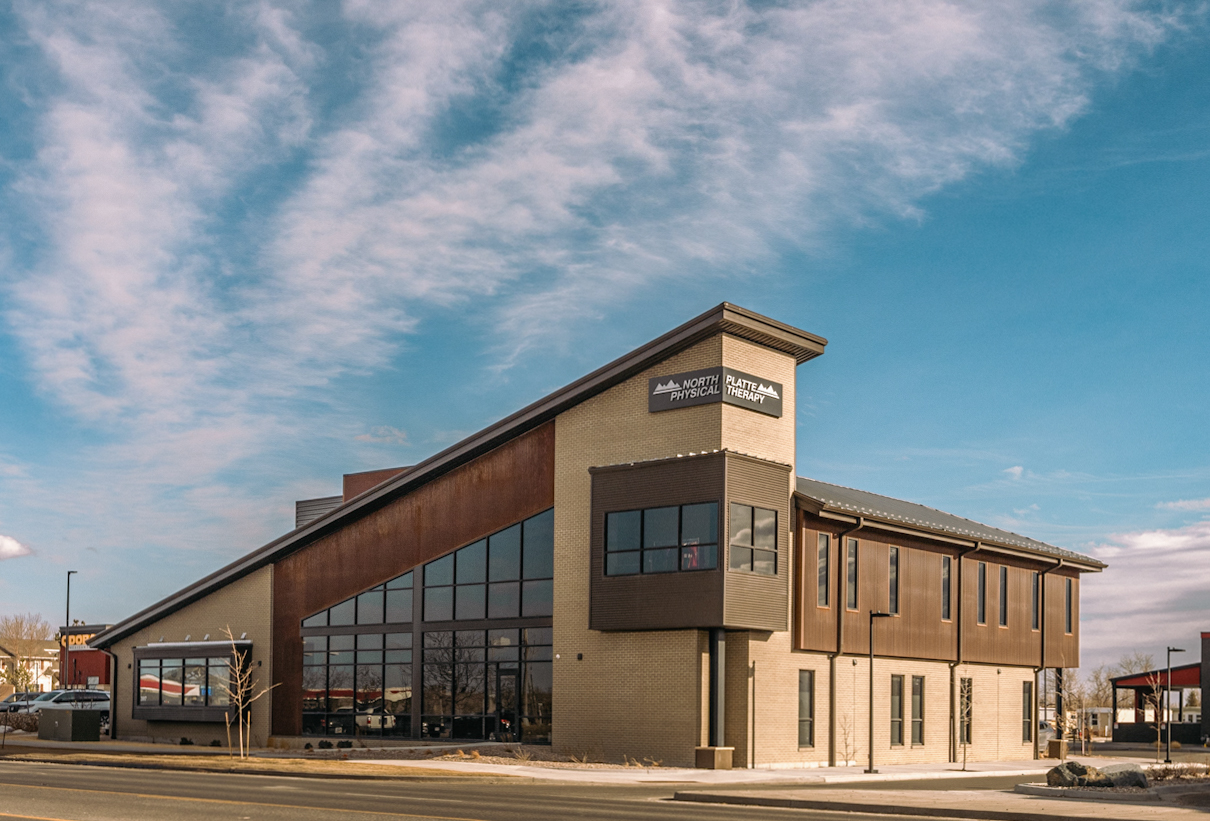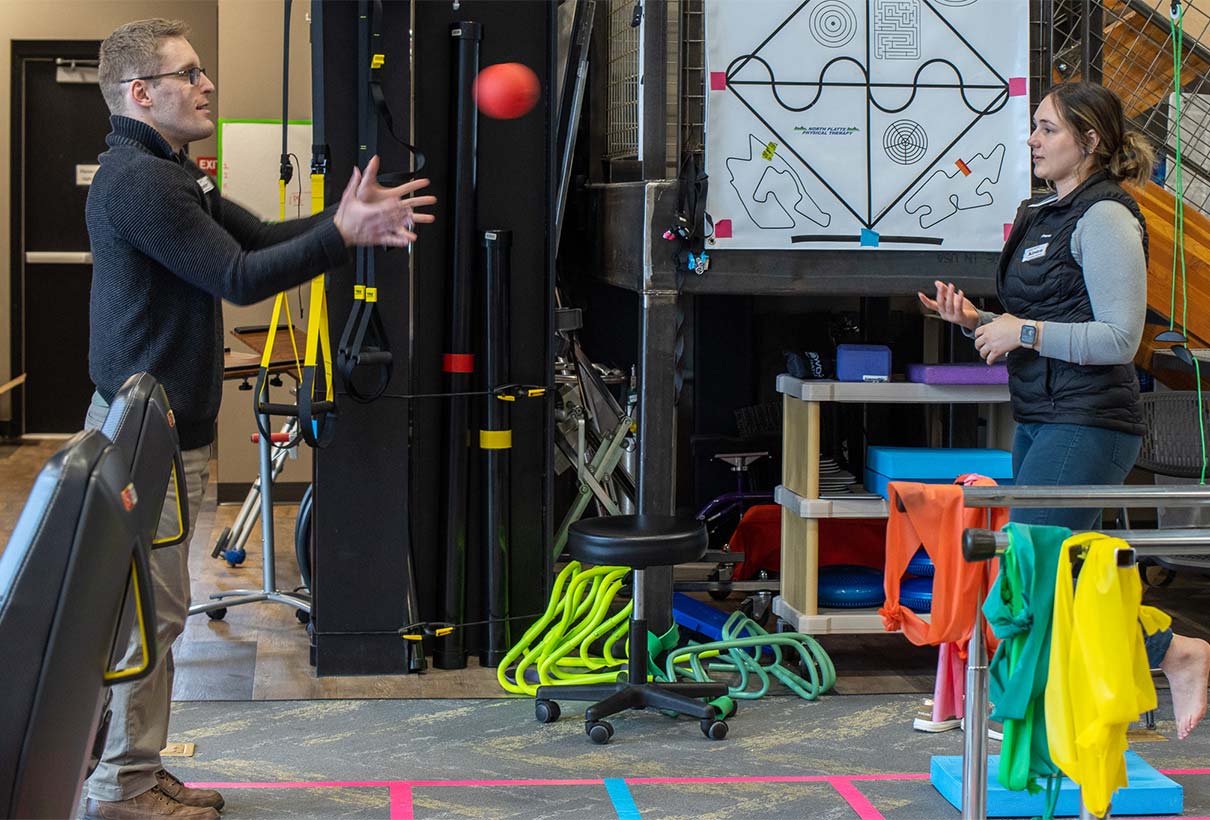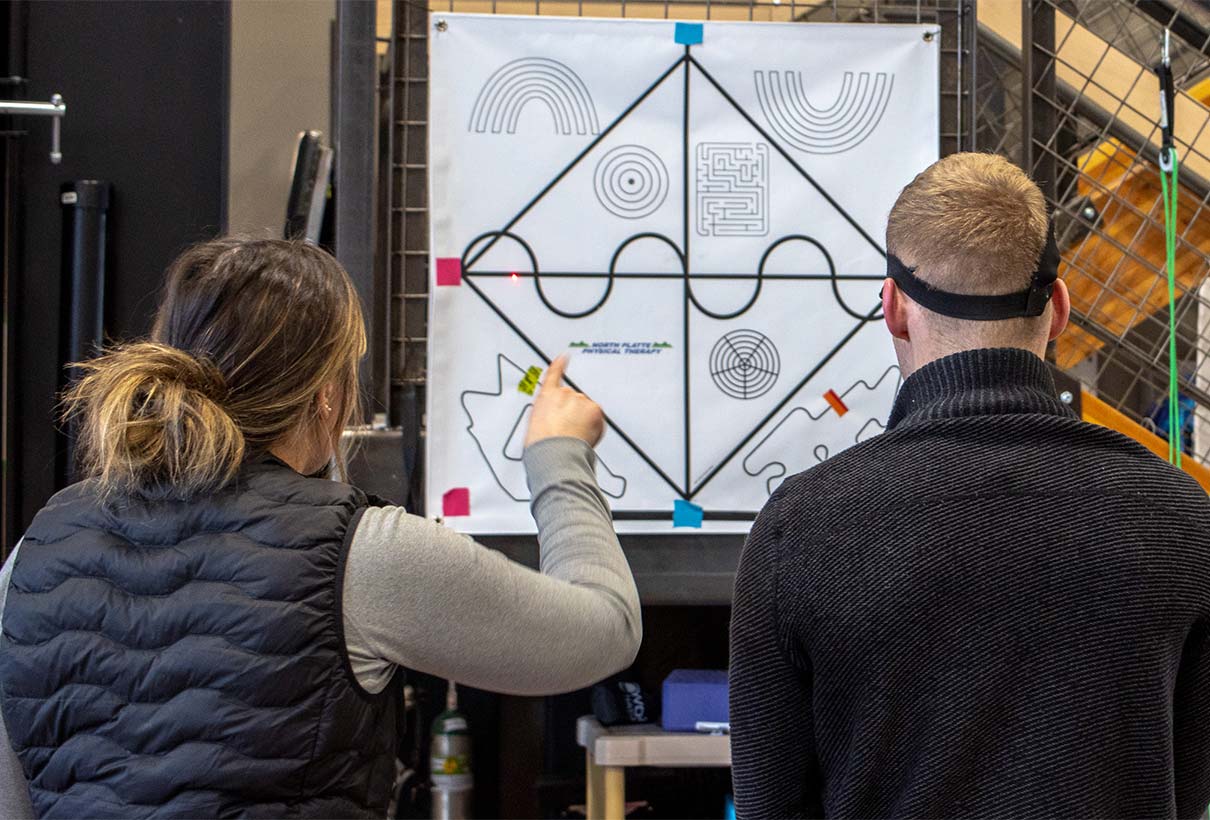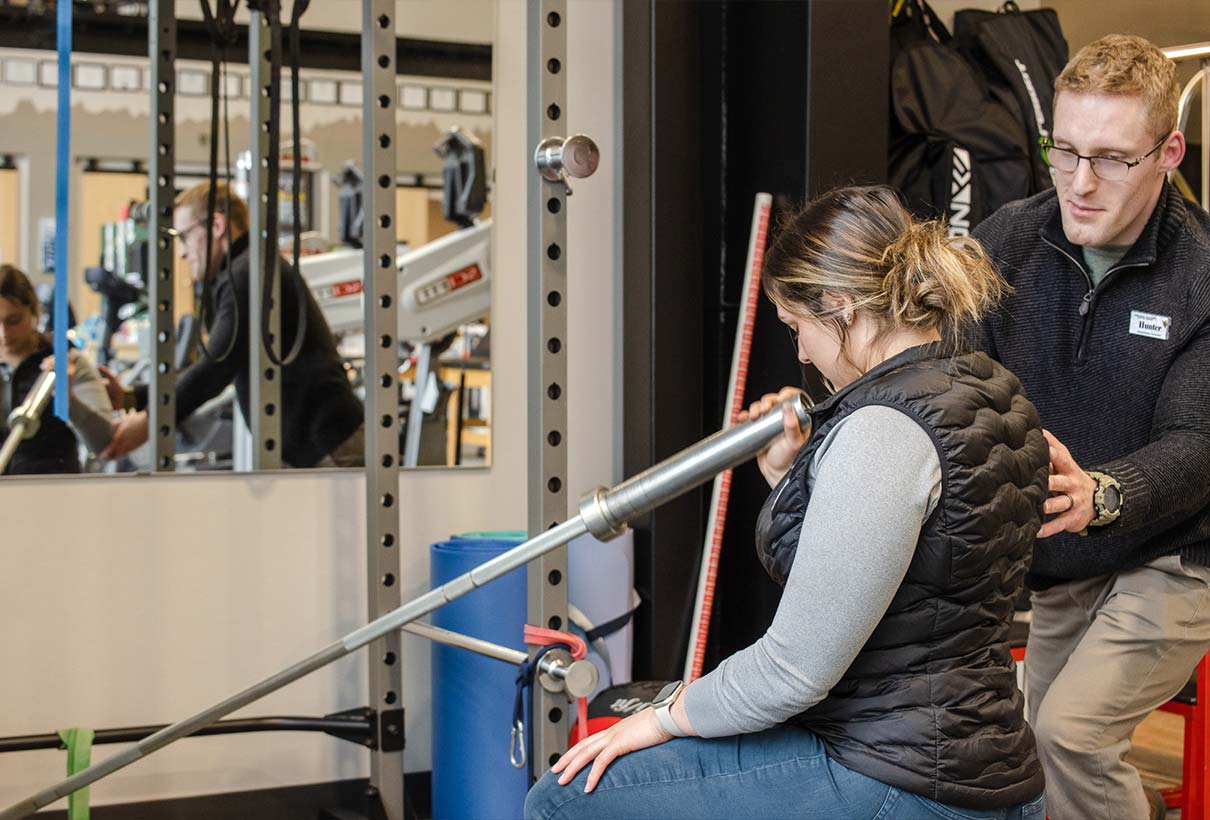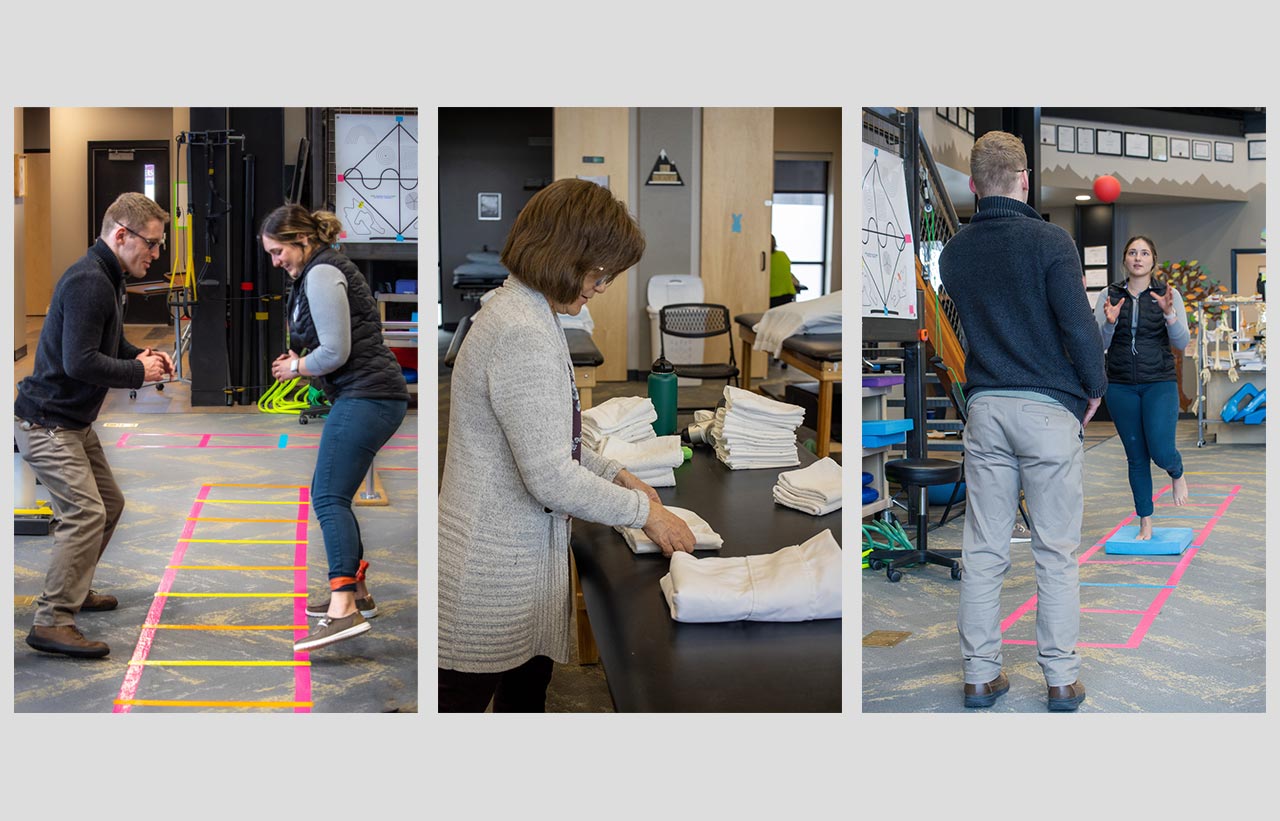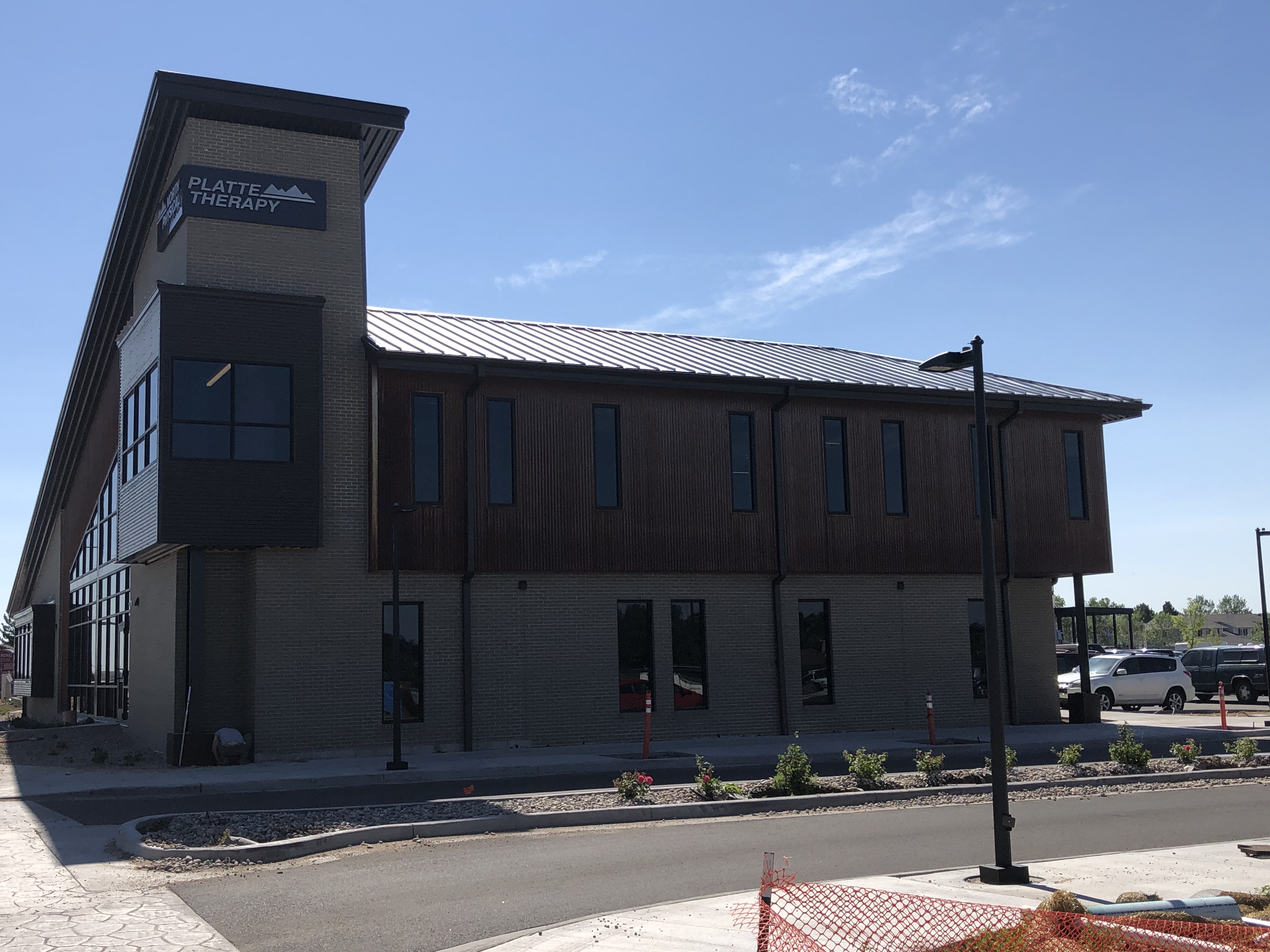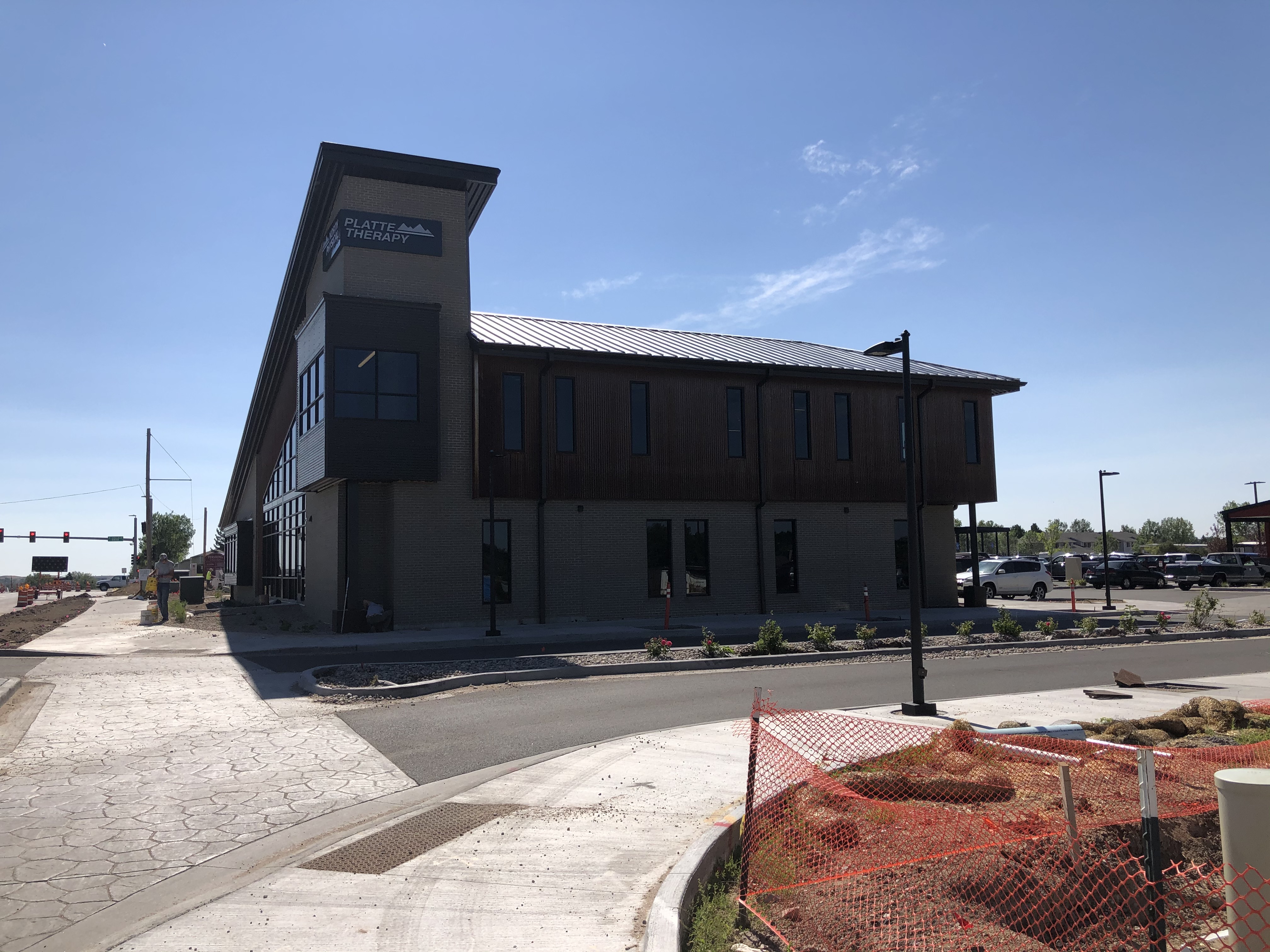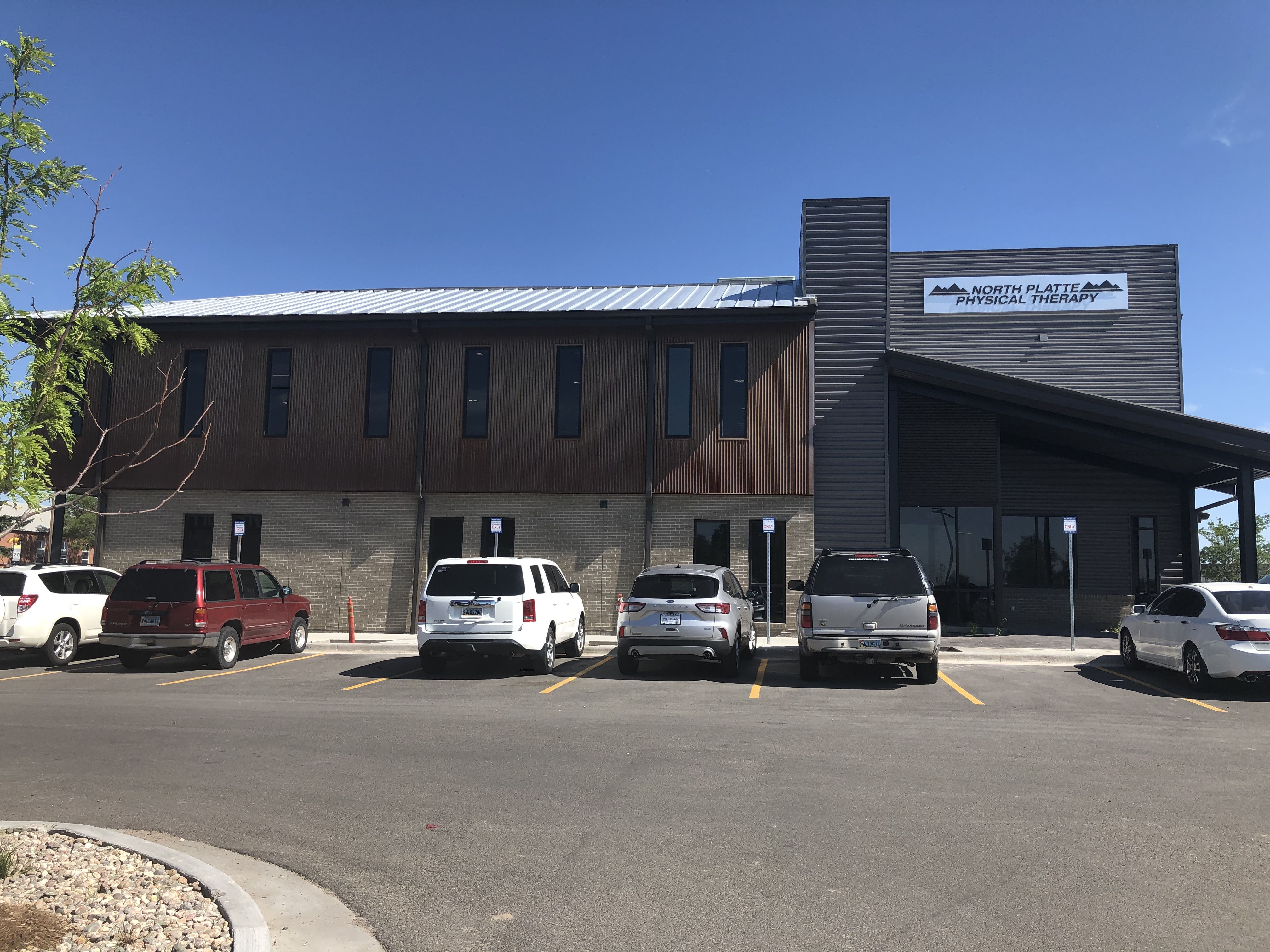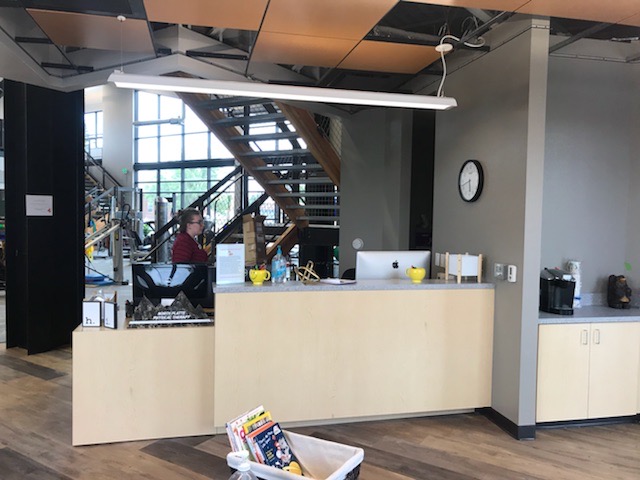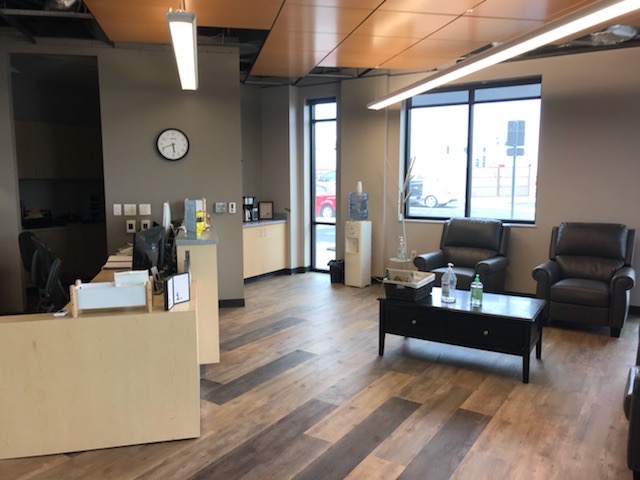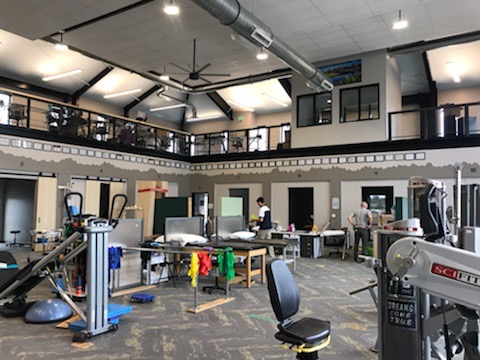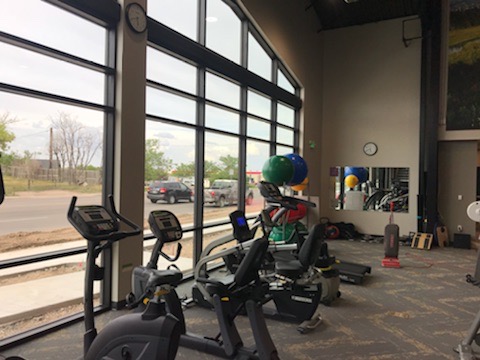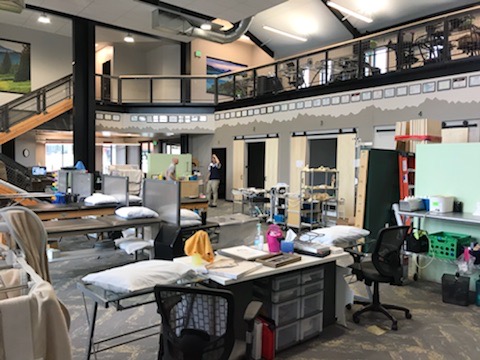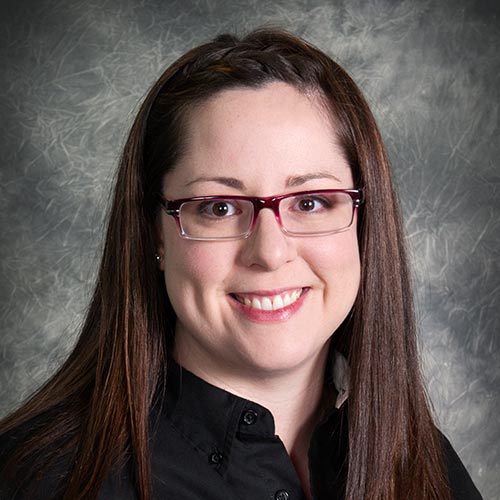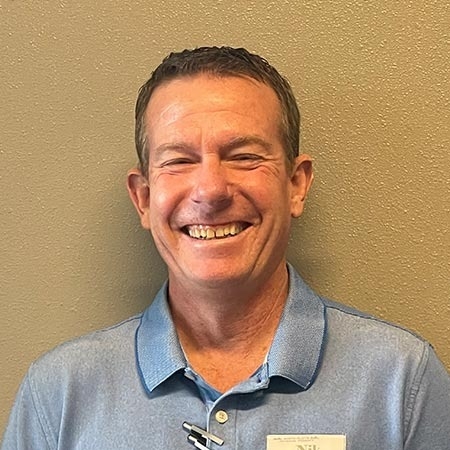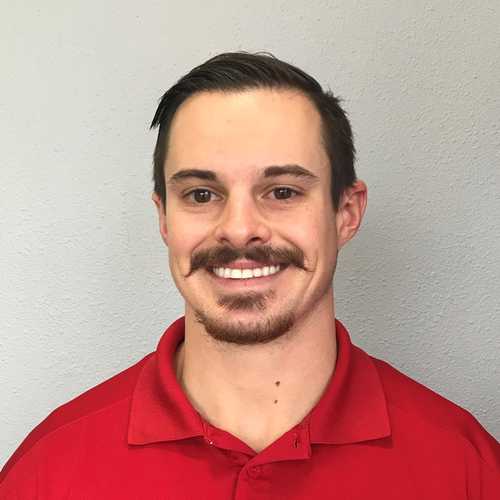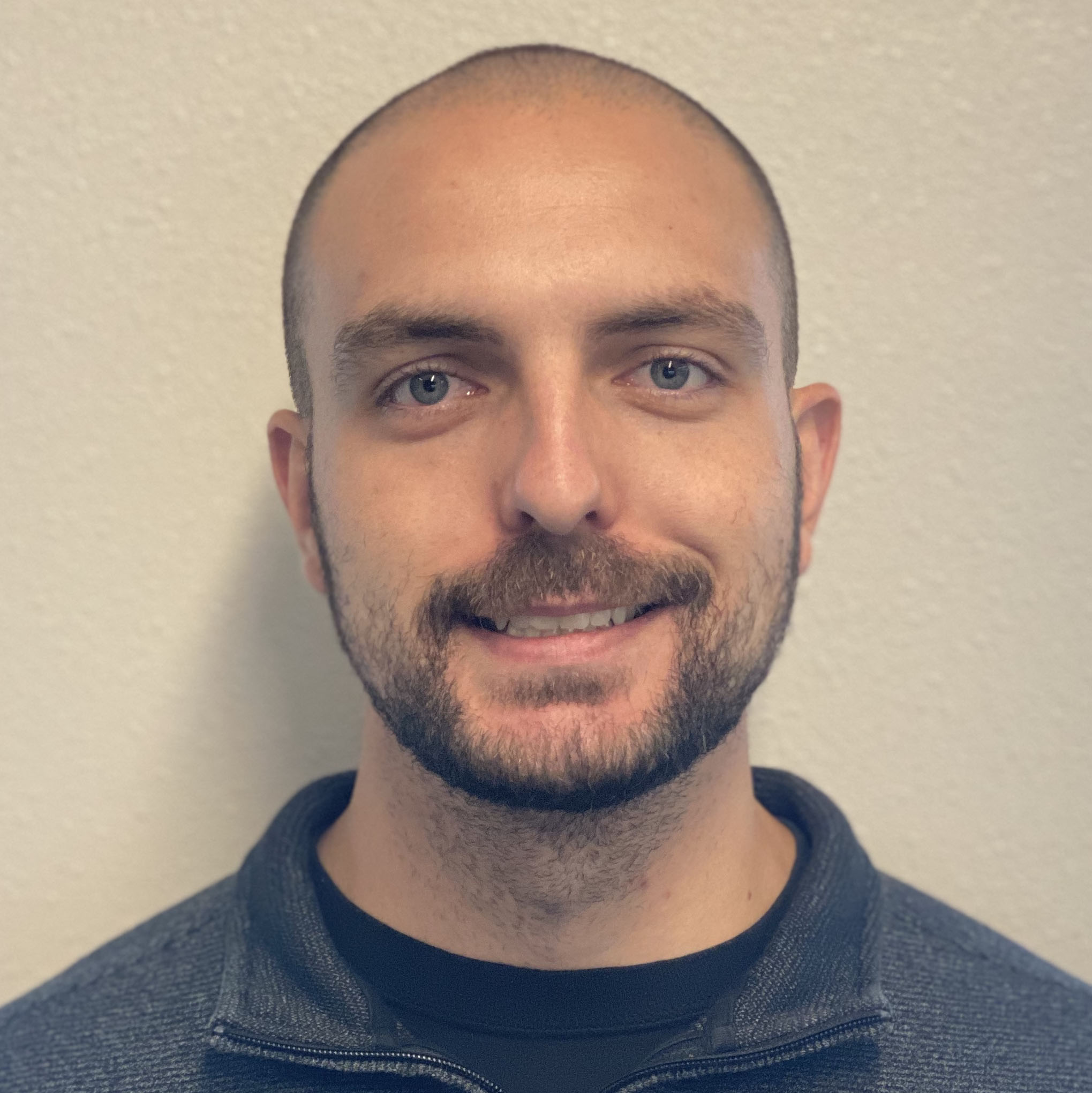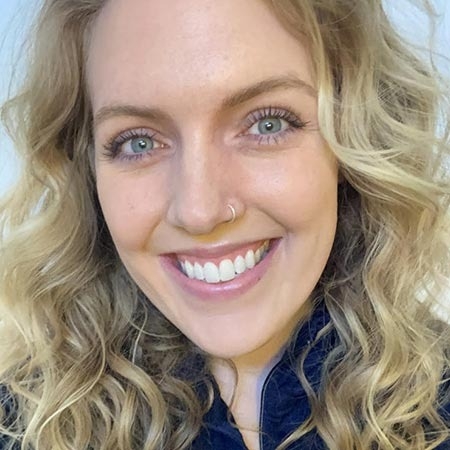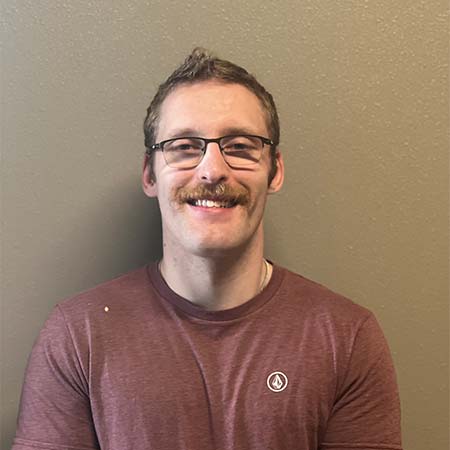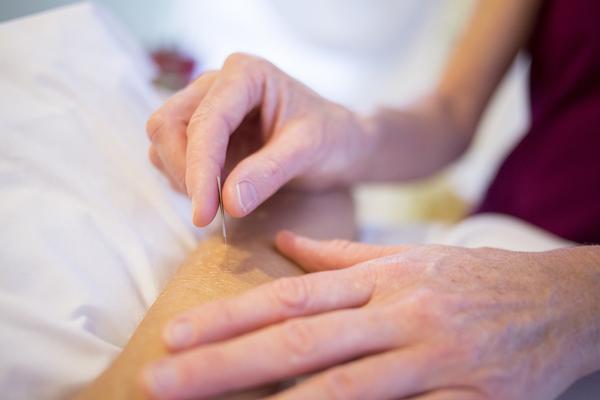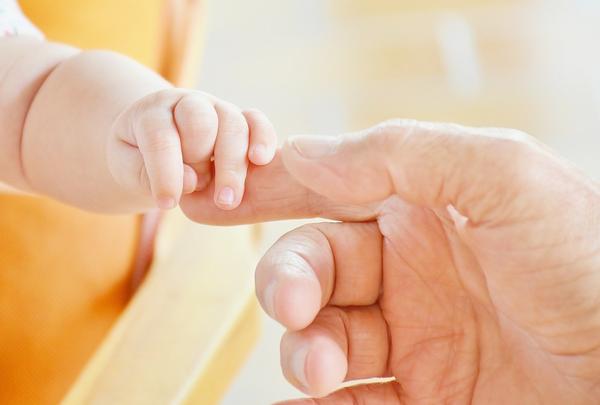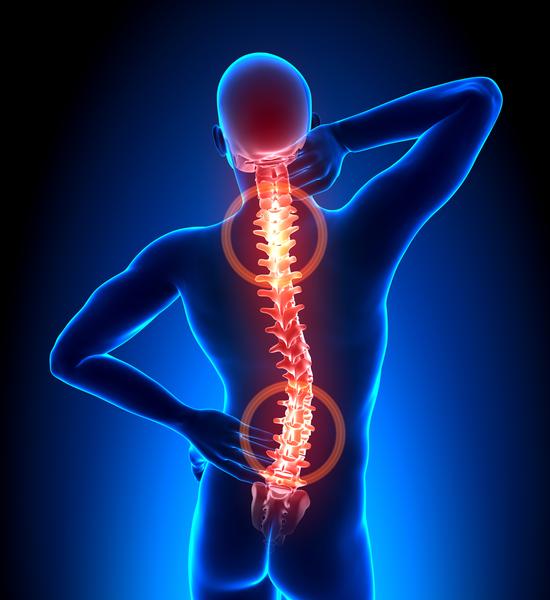North Platte Physical Therapy - Cheyenne (East)
North Platte Physical Therapy East is located at 3917 E Pershing Blvd and is open to serve patients Mon-Fri 6 a.m. - 6 p.m. Services provided include back and neck pain rehabilitation, outpatient wound care, post-op rehab, sports therapy, aquatic therapy, dry needling, kinesio taping, women's health, work hardening, vestibular and neurological rehabilitation. Walk-ins are always welcome.
Call 307-514-2411 to schedule today.
Location Details
307-514-2411 Send Email
Address: 3917 East Pershing Blvd. Cheyenne, Wyoming 82001
Hours: Mon - Fri: 6:00 a.m to 6:00 p.m.
Fax: 307-514-2392
Hours: Mon - Fri: 6:00 a.m to 6:00 p.m.
Fax: 307-514-2392
Interested in scheduling at our North location? View Cheyenne North Details
FAQ About Dry Needling as Part of Your Physical Therapy Treatment
July 10, 2020
When you’re dealing with any type of pain or injury, your Wyoming physical therapy experts will be able to recommend different treatment options to help you get out of pain for good. One of the most compelling and perhaps, intimidating, treatment methods is dry needling. If you’ve never experienced this treatment option, you likely aren’t sure what to expect or how the treatment works. Here are a few answers to the most frequently asked questions so you can prepare for your appointment with confidence.
Does It Hurt?
The first thing every patient wants and needs to know is whether dry needling hurts or if it’s fairly painless. The answer, unfortunately, isn’t simple. It largely depends on your personal pain tolerance. You will likely feel some discomfort or mild pain, but it should never be overwhelming. If at any point you feel that the treatment is too painful, tell your therapist immediately.Â
How Large Are the Needles?
If you’re worried about dry needling feeling like you’re getting repeat injections during the treatment, don’t panic. The needles used are long, but they’re also thin. If you’ve ever seen an acupuncture needle, you have a general idea of what to expect. Because they’re so thin, any pain or discomfort you feel during the treatment will be short-lived. You may not even notice the needles after a few moments.
Are the Needles Clean?
Absolutely. Your Wyoming physical therapy team only uses sterilized needles for every single treatment. Once the treatment is over, they make sure to properly dispose of each needle to ensure your safety and the safety of future patients.Â
Do I Have to Schedule Frequent Appointments?
Again, it largely depends on the individual. Some people experience relief after a single dry needling treatment while others need to schedule additional appointments. If you’re worried about those appointments, speak with your physical therapist and discuss your treatment plan. They’ll be able to tell you what will work best for your needs and your body.
Can Dry Needling Be combined With Other Treatments?
Yes. Think of dry needling as just one more tool in your arsenal to aid your recovery. If your physical therapist and doctor believe that you will benefit from additional treatment methods, they’ll make the appropriate recommendations. Ultimately, combining different treatments can help improve your recovery, but it always depends on your personal situation. Listen to their recommendations and see what they suggest.Â
Dry Needling Can Help You on the Path to Recovery
Dry needling is a wonderful way to help your body improve its recovery time. If you’re interested in this treatment option and want to incorporate it into your physical therapy routine, discuss it with your therapist as soon as possible.Â
At North Platte Physical Therapy, we want everyone to feel their best and recover as quickly and completely as possible. If you’re suffering from an injury and need to schedule a physical therapy appointment, don’t wait. Contact our team today to discuss your needs and getÂ
Read More...
Does It Hurt?
The first thing every patient wants and needs to know is whether dry needling hurts or if it’s fairly painless. The answer, unfortunately, isn’t simple. It largely depends on your personal pain tolerance. You will likely feel some discomfort or mild pain, but it should never be overwhelming. If at any point you feel that the treatment is too painful, tell your therapist immediately.Â
How Large Are the Needles?
If you’re worried about dry needling feeling like you’re getting repeat injections during the treatment, don’t panic. The needles used are long, but they’re also thin. If you’ve ever seen an acupuncture needle, you have a general idea of what to expect. Because they’re so thin, any pain or discomfort you feel during the treatment will be short-lived. You may not even notice the needles after a few moments.
Are the Needles Clean?
Absolutely. Your Wyoming physical therapy team only uses sterilized needles for every single treatment. Once the treatment is over, they make sure to properly dispose of each needle to ensure your safety and the safety of future patients.Â
Do I Have to Schedule Frequent Appointments?
Again, it largely depends on the individual. Some people experience relief after a single dry needling treatment while others need to schedule additional appointments. If you’re worried about those appointments, speak with your physical therapist and discuss your treatment plan. They’ll be able to tell you what will work best for your needs and your body.
Can Dry Needling Be combined With Other Treatments?
Yes. Think of dry needling as just one more tool in your arsenal to aid your recovery. If your physical therapist and doctor believe that you will benefit from additional treatment methods, they’ll make the appropriate recommendations. Ultimately, combining different treatments can help improve your recovery, but it always depends on your personal situation. Listen to their recommendations and see what they suggest.Â
Dry Needling Can Help You on the Path to Recovery
Dry needling is a wonderful way to help your body improve its recovery time. If you’re interested in this treatment option and want to incorporate it into your physical therapy routine, discuss it with your therapist as soon as possible.Â
At North Platte Physical Therapy, we want everyone to feel their best and recover as quickly and completely as possible. If you’re suffering from an injury and need to schedule a physical therapy appointment, don’t wait. Contact our team today to discuss your needs and getÂ
Let’s Get Physical: What you need to do before your next workout
July 1, 2020
As you prepare for your next workout, it’s important to get your body ready to go. But should you warm up or stretch? What’s actually the difference? For most people, when they hear the terms “stretching†and “warming up†they consider them to be the same thing. But the fact is that they are two different things that serve two different purposes for your body. When it comes to your workout, both are important and should be a part of your routine. Let’s take a look at how a Cheyenne, WY physical therapist defines the two and explains when it is appropriate for both in your training program.
Warming up is the act of increasing your core temperature and getting blood to flow to your muscles. Stretching is designed to help increase your flexibility as well as your range of motion. Warming up should be done before your workout whereas stretching should be done afterward—or when you body is already warm.
The Benefits:Â
Warming up is when you warm up before working out, you increase your heart rate, which means your muscles get more blood and oxygen. It also raises your body temperature so that your muscles and tendons will work better during strenuous exercise. If you have any tightness in your muscles before working out, a warmup will help decrease that. It will also improve your range of motion. Most experts recommend that you warm up the muscles you plan to focus on during your workout. For instance, if you are at the gym to do back squats, air squats should be part of your pre-workout warmup routine.
It’s best to stretch when your body is already warmed up, so it often makes the most sense to stretch after your workout rather than before. Stretching will help increase flexibility, which can decrease your chance of feeling pain—after a workout or on a daily basis. Stretching one part of the body often impacts another part. For example, if you stretch the hamstring area regularly, this can lessen the chance that you’ll have a sore back from sitting at a computer all day.Â
Whether you are a serious athlete or a weekend warrior, injury prevention means that you can enjoy your activities rather than sit on the bench. Be sure to warm up and stretch every time you work out.
Find out more about the importance of stretching and warming up, as well as Sportsmetrics, which is a scientifically proven program designed to help prevent serious knee injuries, by contacting our office.
If you have suffered an injury and want to add physical therapy to your routine, North Platte is your go-to local physical therapist in Cheyenne, WY to provide the services that will get you feeling better and stronger. Our expert staff is respected throughout the Wyoming and Nebraska areas for providing superior and customized physical therapy services. We can handle any of your physical therapy needs. Fill out our contact form to get started and to find a location near you.
Read More...
Warming up is the act of increasing your core temperature and getting blood to flow to your muscles. Stretching is designed to help increase your flexibility as well as your range of motion. Warming up should be done before your workout whereas stretching should be done afterward—or when you body is already warm.
The Benefits:Â
Warming up is when you warm up before working out, you increase your heart rate, which means your muscles get more blood and oxygen. It also raises your body temperature so that your muscles and tendons will work better during strenuous exercise. If you have any tightness in your muscles before working out, a warmup will help decrease that. It will also improve your range of motion. Most experts recommend that you warm up the muscles you plan to focus on during your workout. For instance, if you are at the gym to do back squats, air squats should be part of your pre-workout warmup routine.
It’s best to stretch when your body is already warmed up, so it often makes the most sense to stretch after your workout rather than before. Stretching will help increase flexibility, which can decrease your chance of feeling pain—after a workout or on a daily basis. Stretching one part of the body often impacts another part. For example, if you stretch the hamstring area regularly, this can lessen the chance that you’ll have a sore back from sitting at a computer all day.Â
Whether you are a serious athlete or a weekend warrior, injury prevention means that you can enjoy your activities rather than sit on the bench. Be sure to warm up and stretch every time you work out.
Find out more about the importance of stretching and warming up, as well as Sportsmetrics, which is a scientifically proven program designed to help prevent serious knee injuries, by contacting our office.
If you have suffered an injury and want to add physical therapy to your routine, North Platte is your go-to local physical therapist in Cheyenne, WY to provide the services that will get you feeling better and stronger. Our expert staff is respected throughout the Wyoming and Nebraska areas for providing superior and customized physical therapy services. We can handle any of your physical therapy needs. Fill out our contact form to get started and to find a location near you.
Using physical therapy to treat tennis elbow
June 18, 2020
Tennis Elbow is a painful and debilitating condition that can impair your ability to use your affected arm, hold objects, or perform daily tasks. However, many orthopedic physical therapy treatments can help you quickly and effectively rehabilitate from the condition. If you are experiencing pain or loss of functioning in your arm, you should learn about tennis elbow and the many treatments that premier Wyoming physical therapists can provide.
North Platte Physical Therapy services can treat the symptoms of tennis elbow. Despite the name, most patients do not incur the condition while playing tennis. Tennis elbow refers to elbow pain that is caused by an injury to the muscles and tendons that connect the forearm to the elbow. The technical name of the condition is lateral epicondylitis, for the injured forearm muscles connect to the lateral epicondyle bone in the elbow. Because you must use your elbow to grip, lift or carry objects, many factors can cause tennis elbow. You can incur the condition by placing excessive strain on your forearm, awkwardly twisting your hands and wrists, or overusing your elbow while performing normal daily functions or intense athletic events. Certain symptoms can indicate that you are suffering from tennis elbow. Common symptoms include an aching pain on the outside of your elbow, a loss of functioning in the affected arm, and an inability to stabilize your wrist to hold even small objects.
Rest treatments can help treat tennis elbow conditions. Top Wyoming physical therapists can utilize alternating heat and cold treatments to reduce the inflammation and relieve the pain. The therapy experts can also apply elastic bandages to facilitate proper elbow rest. These bandages can provide additional support to your elbow, alleviate the pressure from the injured muscles, and protect your arm from experiencing any strain that could exasperate the injury or hinder the rehabilitation process. Â
You can't always prevent tennis elbow which is why physical therapy specialists can also design many exercise programs to help you recover from tennis elbow. The best Wyoming physical therapists can develop customized exercise routines that are most conducive for your body and that would most effectively treat your condition. Physical therapy exercises for tennis elbow often involve stretching routines for your wrist, forearm, and shoulder areas. The stretching can increase the range-of-motion and flexibility of your arm to help you recover from the injury and to prevent similar injuries from recurring. The exercise routines also typically involve strength exercises for the muscles around your elbow. These exercises can strengthen your affected arm, restore the proper functioning of your elbow, and allow you to stabilize your muscles and perform daily tasks. Additionally, the therapists can also show you exercises that you can perform at home to further assist the rehabilitation process.
Contact North Platte Physical Therapy to treat your tennis elbow condition. Our expert staff is revered for providing superior physical therapy treatments throughout the Wyoming and Nebraska areas. We can fulfill comprehensive physical therapy services, we have access to the best treatment techniques available, and we would be happy to customize a treatment plan that can help you overcome the symptoms of tennis elbow and maximize the functioning of your arm.
Â
Read More...
North Platte Physical Therapy services can treat the symptoms of tennis elbow. Despite the name, most patients do not incur the condition while playing tennis. Tennis elbow refers to elbow pain that is caused by an injury to the muscles and tendons that connect the forearm to the elbow. The technical name of the condition is lateral epicondylitis, for the injured forearm muscles connect to the lateral epicondyle bone in the elbow. Because you must use your elbow to grip, lift or carry objects, many factors can cause tennis elbow. You can incur the condition by placing excessive strain on your forearm, awkwardly twisting your hands and wrists, or overusing your elbow while performing normal daily functions or intense athletic events. Certain symptoms can indicate that you are suffering from tennis elbow. Common symptoms include an aching pain on the outside of your elbow, a loss of functioning in the affected arm, and an inability to stabilize your wrist to hold even small objects.
Rest treatments can help treat tennis elbow conditions. Top Wyoming physical therapists can utilize alternating heat and cold treatments to reduce the inflammation and relieve the pain. The therapy experts can also apply elastic bandages to facilitate proper elbow rest. These bandages can provide additional support to your elbow, alleviate the pressure from the injured muscles, and protect your arm from experiencing any strain that could exasperate the injury or hinder the rehabilitation process. Â
You can't always prevent tennis elbow which is why physical therapy specialists can also design many exercise programs to help you recover from tennis elbow. The best Wyoming physical therapists can develop customized exercise routines that are most conducive for your body and that would most effectively treat your condition. Physical therapy exercises for tennis elbow often involve stretching routines for your wrist, forearm, and shoulder areas. The stretching can increase the range-of-motion and flexibility of your arm to help you recover from the injury and to prevent similar injuries from recurring. The exercise routines also typically involve strength exercises for the muscles around your elbow. These exercises can strengthen your affected arm, restore the proper functioning of your elbow, and allow you to stabilize your muscles and perform daily tasks. Additionally, the therapists can also show you exercises that you can perform at home to further assist the rehabilitation process.
Contact North Platte Physical Therapy to treat your tennis elbow condition. Our expert staff is revered for providing superior physical therapy treatments throughout the Wyoming and Nebraska areas. We can fulfill comprehensive physical therapy services, we have access to the best treatment techniques available, and we would be happy to customize a treatment plan that can help you overcome the symptoms of tennis elbow and maximize the functioning of your arm.
Â
How physical therapy can help after childbirth
June 10, 2020
Congratulations! Whether you recently welcomed a new child into the world, or you are about to, we are excited for you. With all of the new joys that parenthood brings, you might find yourself struggling to find time for yourself. But, one thing you should definitely make time for after childbirth is physical therapy in Wyoming. Here are some of the many ways new moms can benefit from physical therapy:
Back Pain
It’s no secret that pregnancy can cause low back pain, but did you know this pain can continue after you’ve given birth? If you’re sick of experiencing back pain on a daily basis, get in touch with a physical therapist to discuss your options. Physical therapists can create a customized treatment plan depending on the cause and location of your back pain. Instead of treating pain with medication, physical therapists will use methods such as massages, gentle workouts, and behavioral modifications.Â
Incontinence
Many women experience incontinence issues after giving birth, which can be difficult to adjust to, not to mention embarrassing to talk about. But, you have nothing to fear, because a physical therapist can help you manage this condition. A physical therapist can help you strengthen your pelvic floor using kegel exercises, myofascial release techniques, and manual therapy techniques. After you complete the recommended treatment plan, you should see a huge improvement in your ability to control your bladder and bowels.Â
Scar Complications
If you had a C-section, ask your physician for a referral to a physical therapist as soon as possible. As scar tissue begins to form, it may start to adhere to other tissue or even worse, organs underneath your skin. If this happens to you, you may experience a number of different complications such as low back pain, pelvic pain, pain during intercourse, and frequent urination. How can a physical therapist help? Massaging the C-section scar can help direct the scar tissue and ensure it grows in the correct areas so it does not cause you any long-term pain. It’s possible that scar tissue will continue to grow for up to two years after you give birth, so it’s important to start physical therapy early and stick with it until you have fully recovered.
PreparationÂ
Are you planning on having more children in the future? Physical therapy can help you strengthen your core muscles, adjust your posture, prepare your pelvic floor, and learn new breathing techniques so you have a smooth pregnancy and delivery. Â
At North Platte Physical Therapy, we’re dedicated to helping new moms stay healthy and prevent injuries. If you have any questions, contact North Platte Physical Therapy to learn more about how we can help you after you give birth to a child. Our staff is praised throughout the Wyoming and Nebraska areas for our commitment to our clients. We can fulfill comprehensive physical therapy services, and would be happy to customize a treatment plan for your personal needs.
Â
Read More...
Back Pain
It’s no secret that pregnancy can cause low back pain, but did you know this pain can continue after you’ve given birth? If you’re sick of experiencing back pain on a daily basis, get in touch with a physical therapist to discuss your options. Physical therapists can create a customized treatment plan depending on the cause and location of your back pain. Instead of treating pain with medication, physical therapists will use methods such as massages, gentle workouts, and behavioral modifications.Â
Incontinence
Many women experience incontinence issues after giving birth, which can be difficult to adjust to, not to mention embarrassing to talk about. But, you have nothing to fear, because a physical therapist can help you manage this condition. A physical therapist can help you strengthen your pelvic floor using kegel exercises, myofascial release techniques, and manual therapy techniques. After you complete the recommended treatment plan, you should see a huge improvement in your ability to control your bladder and bowels.Â
Scar Complications
If you had a C-section, ask your physician for a referral to a physical therapist as soon as possible. As scar tissue begins to form, it may start to adhere to other tissue or even worse, organs underneath your skin. If this happens to you, you may experience a number of different complications such as low back pain, pelvic pain, pain during intercourse, and frequent urination. How can a physical therapist help? Massaging the C-section scar can help direct the scar tissue and ensure it grows in the correct areas so it does not cause you any long-term pain. It’s possible that scar tissue will continue to grow for up to two years after you give birth, so it’s important to start physical therapy early and stick with it until you have fully recovered.
PreparationÂ
Are you planning on having more children in the future? Physical therapy can help you strengthen your core muscles, adjust your posture, prepare your pelvic floor, and learn new breathing techniques so you have a smooth pregnancy and delivery. Â
At North Platte Physical Therapy, we’re dedicated to helping new moms stay healthy and prevent injuries. If you have any questions, contact North Platte Physical Therapy to learn more about how we can help you after you give birth to a child. Our staff is praised throughout the Wyoming and Nebraska areas for our commitment to our clients. We can fulfill comprehensive physical therapy services, and would be happy to customize a treatment plan for your personal needs.
Â
How physical therapy can help spinal cord injuries
May 29, 2020
Thousands of Americans are injured every year with a spinal cord injury. Unfortunately, this can be caused by a number of different reasons - whether it be from a medical condition or from a severe accident. Perhaps you’ve sustained a spinal injury through sports? No matter how cautious you can be, unfortunately it can still happen to you. When a person damages their spinal cord, there are a multitude of effects it can have. These injuries can result in a loss in function, mobility and feeling. The nerves exit and enter at each level and they communicate with different areas of the body. Being that the spinal cord carries nerve impulses from the brain to the rest of the body, when damaged, you can see how it can greatly change someone’s life.
Spinal cord injuries are categorized into “complete†and “incomplete.† The U.S. National Library of Medicine explains that a “complete†spinal cord injury means your spinal cord is unable to send signals to anything below it usually resulting in paralysis. You may have total paralysis, known as tetraplegia, or partial paralysis called paraplegia, which usually affects the lower part of the body. For those diagnosed with an “incomplete†injury, there is still some movement and sensation below leaving those with the ability to be able to move and function. Those with “incomplete†injuries are able to use various therapies, medicines, braces and other devices to rehabilitate. While you may not have a full recovery, there are aids and devices to help you live as comfortably as possible.
Upon experiencing a potential spinal cord injury, there are several emergency signs and symptoms to take note of. If you experience any of these symptoms or are worried you have a spinal cord injury, it is best to contact your doctor immediately. The first is extreme back pain and pressure in your neck, head or back. Next, if you notice weakness or numbness in certain parts of you body, which could be a sign. You may also have loss of bladder or bowel control and have issues balancing and walking. Last, you may notice that you struggle with your breathing or have an injury that leaves your neck or back in an odd position. Â
If you find that you are a victim of a spinal cord injury, North Platte Physical Therapy is your local premier Casper physical therapy go-to to help you increase the quality of your life post-injury. We can work with peripheral nerve stimulation, bio feed-back and brushing/sensory integration techniques by transfer training, ambulation training, stretching, strengthening, balance and neuro-muscular re-education. Our top goals are to help you eradicate pain, increase function, instruct self-management and educate you on the biomechanics. Learn more about spinal injuries and other neurological services and fill out a contact sheet for more information.
Â
Read More...
Spinal cord injuries are categorized into “complete†and “incomplete.† The U.S. National Library of Medicine explains that a “complete†spinal cord injury means your spinal cord is unable to send signals to anything below it usually resulting in paralysis. You may have total paralysis, known as tetraplegia, or partial paralysis called paraplegia, which usually affects the lower part of the body. For those diagnosed with an “incomplete†injury, there is still some movement and sensation below leaving those with the ability to be able to move and function. Those with “incomplete†injuries are able to use various therapies, medicines, braces and other devices to rehabilitate. While you may not have a full recovery, there are aids and devices to help you live as comfortably as possible.
Upon experiencing a potential spinal cord injury, there are several emergency signs and symptoms to take note of. If you experience any of these symptoms or are worried you have a spinal cord injury, it is best to contact your doctor immediately. The first is extreme back pain and pressure in your neck, head or back. Next, if you notice weakness or numbness in certain parts of you body, which could be a sign. You may also have loss of bladder or bowel control and have issues balancing and walking. Last, you may notice that you struggle with your breathing or have an injury that leaves your neck or back in an odd position. Â
If you find that you are a victim of a spinal cord injury, North Platte Physical Therapy is your local premier Casper physical therapy go-to to help you increase the quality of your life post-injury. We can work with peripheral nerve stimulation, bio feed-back and brushing/sensory integration techniques by transfer training, ambulation training, stretching, strengthening, balance and neuro-muscular re-education. Our top goals are to help you eradicate pain, increase function, instruct self-management and educate you on the biomechanics. Learn more about spinal injuries and other neurological services and fill out a contact sheet for more information.
Â
